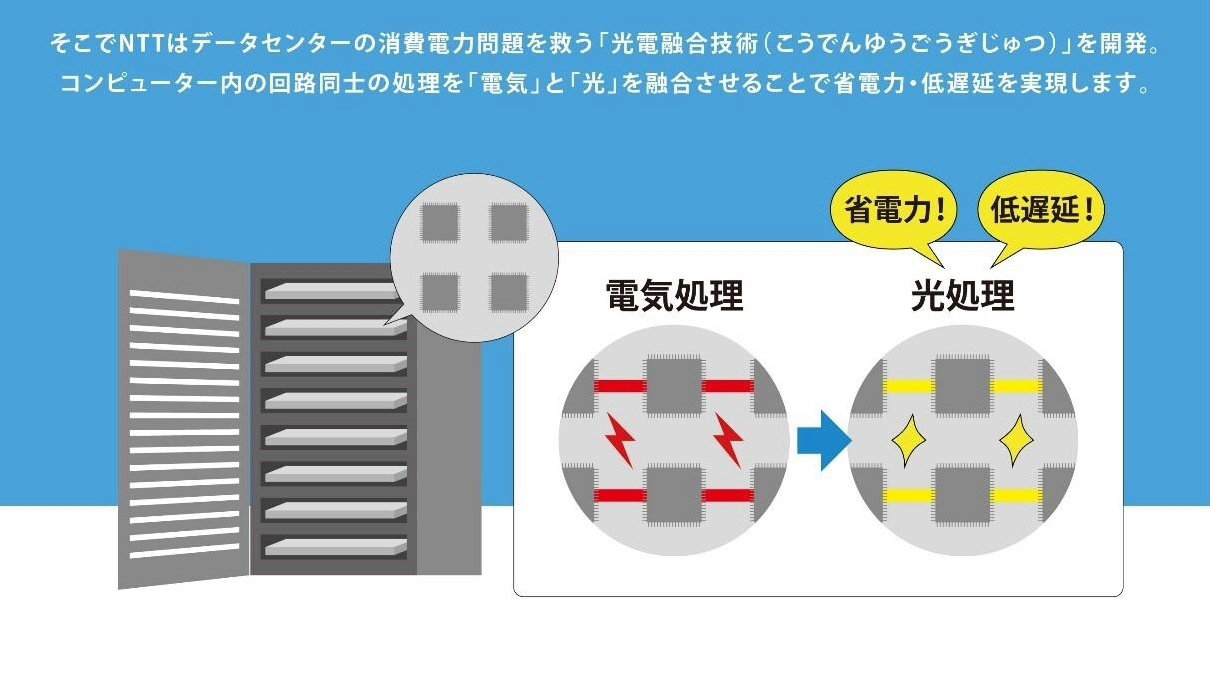Intel collaborates with Japan's NTT to develop optoelectronic fusion semiconductors, receiving a government subsidy of 45 billion yen
NTT and Intel will collaborate with semiconductor manufacturers to jointly develop equipment that integrates "optoelectronic fusion" technology, with the assistance of some companies, including South Korean semiconductor giant SK Hynix. The Japanese government has provided approximately 45 billion yen in support for this collaborative project. In recent years, establishing new computing architectures and developing new artificial intelligence computing chips have become hot topics of international attention. Optical computing, which uses light waves as carriers for information processing, has attracted much attention from the scientific community due to its advantages such as high speed and low power consumption. However, transforming computational carriers from electrons to photons and replacing existing electronic devices for system level applications still face many challenges. Last November, a research team from Tsinghua University in China successfully broke through the physical bottleneck of traditional chips, proposed a new computing framework for optoelectronic fusion, and successfully developed the world's first fully analog optoelectronic intelligent computing chip (ACCESS). The experimental results show that the computing power of the chip in intelligent visual target recognition tasks can reach more than 3000 times that of current high-performance commercial chips. Although the research team has successfully prepared optoelectronic fusion principle samples with specific computing functions, there is an urgent need to further develop intelligent visual computing chips with universal functions to be widely applied in practical applications.
Last November, a research team from Tsinghua University in China successfully broke through the physical bottleneck of traditional chips, proposed a new computing framework for optoelectronic fusion, and successfully developed the world's first fully analog optoelectronic intelligent computing chip (ACCESS). The experimental results show that the computing power of the chip in intelligent visual target recognition tasks can reach more than 3000 times that of current high-performance commercial chips. Although the research team has successfully prepared optoelectronic fusion principle samples with specific computing functions, there is an urgent need to further develop intelligent visual computing chips with universal functions to be widely applied in practical applications.


